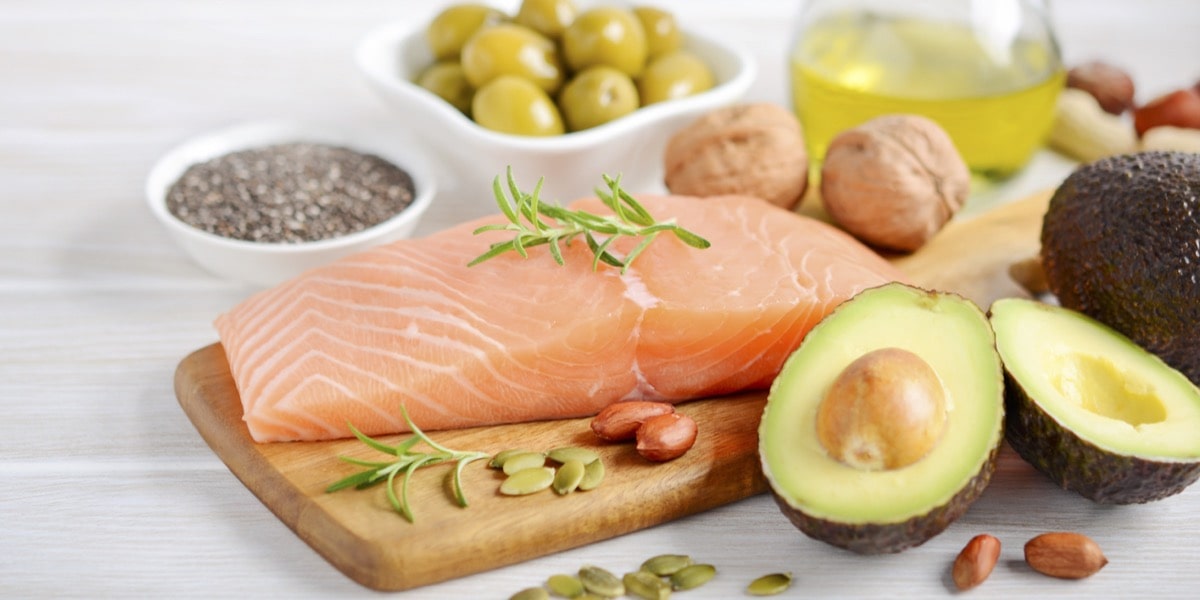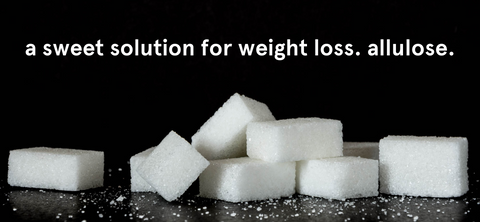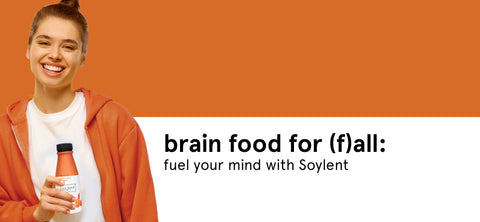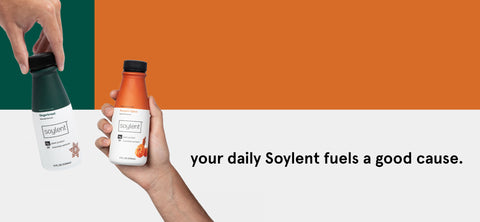
Not too long ago, people thought if you consumed fat, you would gain fat.
When did this idea come into existence? We don’t know. Why are fats widely misunderstood from a nutritional standpoint? We couldn’t tell you.
And why is the word “fat” harmfully tossed around as an insult? It’s plain rude, and again, we’re not quite sure.
We can tell you that it’s time to set the record straight on fats. Some fats aren’t so great, but others are potent macronutrients that your body needs to function and thrive.
Like many things in life, fats can be good or bad. You just need to learn the difference and lean into the good.
Listing the Good Fats

We saved the best for first. However, listing good fats isn’t so cut and dry. There are four types of fats, but categorizing them as purely “good” or “bad” becomes tricky.
- Trans fats
- Saturated fats
- Monounsaturated fats
- Polyunsaturated fats

First, you should axe trans fats – though we’ll get to that later. You may be asking, is saturated fat bad too? You should only consume a small portion of saturated fats, as they quickly become harmful in excess.
This adjustment leaves you with healthy monounsaturated and polyunsaturated fats. On a molecular level, these fats have fewer hydrogen atoms. On a physical level these fats are liquid at room temperature, not solid.

Mono and polyunsaturated fats are present in foods like fish, vegetables, nuts, and seeds. Yes, avocados are loaded with healthy fats too, so go ahead and decorate some avocado toast or dive into a bowl of guacamole.
If you’re a brand offering complete nutrition in a sippable, bottled beverage, you better have plenty of healthy fats in your formula.
All our Soylent Drink flavors include monosaturated fats with a little saturated and polyunsaturated fats, and 0g of trans fat.
Monounsaturated Fats

Lots of cooking oils are good sources of monounsaturated fats, such as olive oil, peanut oil, and canola oil. Avocados and certain nuts are also high in monounsaturated fats.
The idea that monounsaturated fats support a healthy body can be traced back to Greece and the Mediterranean. In these countries, those with diets rich in monounsaturated fats had lower levels of heart disease. The key to their heart health was that their fats were mono and polyunsaturated, not saturated.
We now understand that monounsaturated fats promote healthy heart function by lowering bad cholesterol. This process keeps your arteries and blood vessels clear and allows for more seamless blood flow throughout the body.
Polyunsaturated Fats

Plenty of popular oils are polyunsaturated fats, such as corn oil, vegetable oil, sunflower oil, and safflower oil.
Polyunsaturated fats are essential fats, meaning that your body can’t produce them on its own, but needs them to build cell membranes, move muscles, and manage inflammation.
Omega-3 and Omega-6 fatty acids are essential and fall into the polyunsaturated fats category. These two fatty acids make up a significant component of cell membranes and lay the groundwork for other bodily substances that regulate blood pressure and reduce inflammation.
Further, there is building evidence that omega-3 fatty acids prevent heart disease and act as a building block for the brain, guarding against cognitive decline and potentially sharpening memory and improving your moods.
Why Are Bad Fats Bad?

We covered why good fats are good, and in a typical healthy diet, you should consume regular amounts of healthy fats.
So, what makes bad fats bad? Some of our favorite foods may very well have bad fats. While we can’t avoid them altogether, we can understand why they won’t benefit the body and make conscious choices accordingly.
Trans Fats

We said we’d come back around to trans fats. Here’s what you need to know.
In recent years, trans fats, the worst of the bunch, have been banned in the United States, Canada, and other countries. The byproduct of a process called hydrogenation, trans fats, are created by converting healthy oils into solids to preserve them longer.
Fast food and commercial food manufacturers relied on trans fats to maintain foods long after they should be, like french friends and store-bought cookies.
Quite the opposite to good fats, trans fats create inflammation in the body, which can increase bad cholesterol, lower good cholesterol, and increase your risk of heart disease, diabetes and other chronic issues.
Saturated Fats

Saturated fats fall between trans fats and mono and polyunsaturated fats and are solid at room temperature.
Saturated fats make up commercially produced goods, like those you’d find in grocery stores, as well as red meats, cured meats, bacon, sausages, cheese, whole milk, and other dairy products.
Consuming too many saturated fats can elevate your total cholesterol levels and could skew them toward having more harmful LDL cholesterol. This cholesterol is “bad cholesterol” which can lead to build-up of plaque within the body, and can cause increased risk of heart attack or stroke. To avoid this, some experts advise lowering saturated fats consumption to a slim 10% of your daily calorie intake.
That’s a Wrap on Fats
Fats get a bad wrap, don’t they? If you’re willing to read nutrition labels and thoughtfully select your foods, you can infuse your diet with healthy fats like mono and polyunsaturated fats and avoid bad fats like trans fats.
When it comes to saturated fats, enjoy them in moderation to keep your cholesterol levels in check.
Of course, if you want a meal replacement packed with complete nutrition, including all the healthy fats your body needs, then look no further. We have your bases covered.







